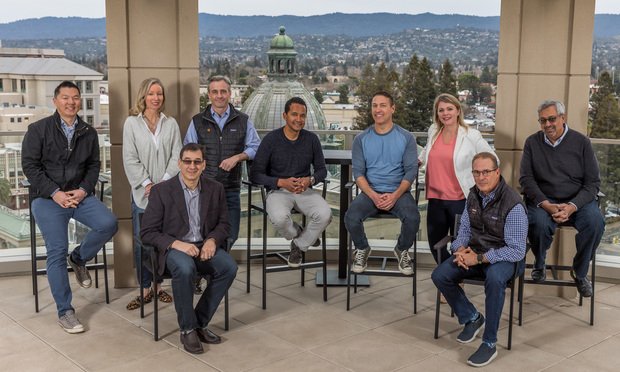When anyone mentions Southern California, and L.A. in particular, the biggest infrastructure issue that comes to mind is traffic congestion. If you came to the city in the 1920s, '30s and '40s, it was a dynamic, busy and dense downtown—a slightly less claustrophobic version of cities like Manhattan or Chicago in terms of the amount of cars and people on the street, Carol Schatz, president and CEO of the Central City Association of L.A. and Downtown Center Business Improvement District, tells Real Estate Forum.
"Once the 1950s rolled around, and as freeways began to define the city's transportation culture—splicing downtown into sections, coupled with the general move-out into the suburbs—we became a suburban commuter culture as opposed to an urban culture, and we are paying the price," Schatz says. While she acknowledges that the added issue in having to deal with other municipalities can create a huge gridlock—in terms of quickly and effectively solving the transportation and traffic issues—she says that a real solution, Measure R, is on the table.
Measure R was approved in 2008 by a two-thirds majority, committing a projected $40 billion to traffic relief and transportation upgrades throughout the county over the next 30 years. It is expected to help fund dozens of critical transit and highway projects, create more than 210,000 construction jobs and infuse an estimated $32-billion back into the local economy, according to estimates by the nonprofit Los Angeles County Economic Development Corp.
Some of Measure R's most immediate benefits will be for the 88 cities in LA County. In the first full year of implementation, local jurisdictions are expected to receive more than $100 million for their transportation needs—projects such as pothole repairs, street resurfacing, signals and pedestrian improvements. The remaining funds will finance new transit and highway projects countywide and accelerate those already in the pipeline.
Some of the specific projects in the works that will directly impact Downtown L.A., according to Schatz, include widening the 405 freeway; building express lanes on the 110 freeway; adding improvements to the 110 and 101 connector; synchronization of signals; and working on the first phase of the Expo light-rail line, an 8.6-mile stretch between Downtown and Culver City, with a second phase extending to Santa Monica.
"Downtown is the right place to create a hub of your transportation system," she notes. "This is the city's and the region's central core. It's the best place to move large numbers of people in and out because of the confluence of so many freeways, as well as bus lines and the existing Metrorail and Metro Link systems. It's the natural place for this system to continue to develop."
Over in the Inland Empire, the San Bernardino Association of Governments has also been investing millions in transportation. "As the Inland Empire continues to grow, so does the need for efficient freeway systems, connecting roads and interchanges," explains Raymond Wolfe, executive director of the San Bernardino Associated Government. SANBAG provides funding and manages the construction of these transportation projects throughout the county. Funding for projects is provided by a number of sources— local, state and federal. Local funds are derived from Measure I, San Bernardino County's half-cent transportation sales tax that was passed in 1989.
Wolfe says that one of the larger projects that SANBAG is excited to see commence in the fall includes the Devore Junction improvements, a four-year, $324-million project that "has national significance." According to Wolfe, "It's a major goods-movement corridor heading into and out of the state."
According to Infrastructure 2012: Spotlight on Leadership, high-speed rail, one of the top infrastructure projects in the country, has had a troubled journey since 2009. California was one of the first regions planned for the HSR, with an anticipated length of 800 miles. Now at a projected cost of $68.4 billion (as of press time), the California High-Speed Rail Authority Board recently passed its revised business plan that will provide for high-speed service within a decade.
In addition, the board recently approved a Memorandum of Understanding with SoCal transportation agencies and MPOs—a document that outlines a shared commitment to advance the development of high-speed rail. It also provides funds for local early investment SoCal projects that will improve rail service immediately. The agreement is designed to set the stage for construction to begin on needed Southern California infrastructure projects as early as next year.
Continue Reading for Free
Register and gain access to:
- Breaking commercial real estate news and analysis, on-site and via our newsletters and custom alerts
- Educational webcasts, white papers, and ebooks from industry thought leaders
- Critical coverage of the property casualty insurance and financial advisory markets on our other ALM sites, PropertyCasualty360 and ThinkAdvisor
Already have an account? Sign In Now
© 2024 ALM Global, LLC, All Rights Reserved. Request academic re-use from www.copyright.com. All other uses, submit a request to [email protected]. For more information visit Asset & Logo Licensing.








